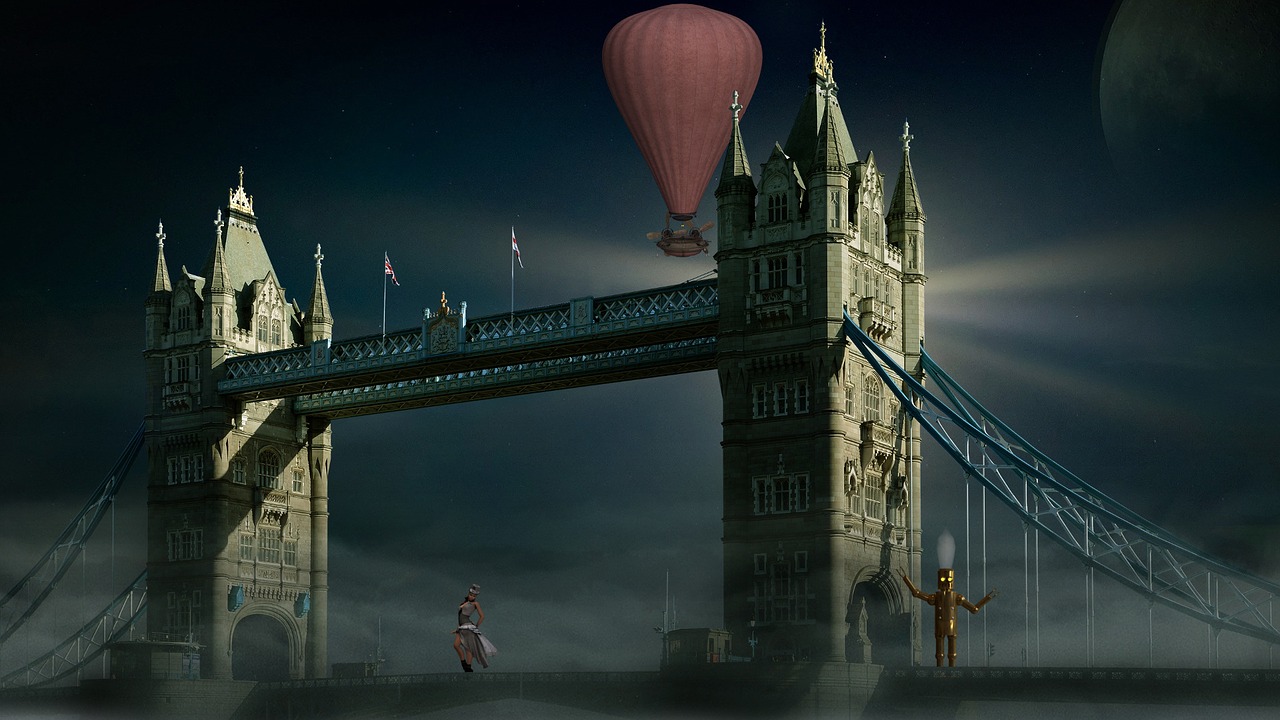
When people think of steampunk, they may assume that it has only been around for a short while. It is a common misconception that this genre was invented in the 21st century. News publications such as The Sun have documented the rise of steampunk in recent years. While it may seem as though it has only existed for a short time, the reality is more complicated.
There are, in fact, numerous precursors to the modern version of steampunk. The version that exists now takes its influences from a plethora of early pieces of art. The 19th-century scientific works of Jules Verne, Mary Shelley and H.G. Wells were significant. It could be argued that the illustrated prints of their books are the earliest examples of what wo uld become steampunk.
uld become steampunk.
In 1959 Mervyn Peake wrote Titus Alone, a book that many people consider to be the first true steampunk novel. The aesthetic was further expanded upon by Michael Moorcock with his 1971 work The Warlord of the Air. Films also played a role in the early history of the genre. The science-fiction silent movie classic Metropolis was highly influential. Comic books such as The Adventures of Luther Arkwright could also be cited as milestones of the emerging genre. All of these forms of media combined to inspire future generations of artists. Eventually, steampunk began to be recognised as something distinct with its own familiar visual tropes. With these conventions established, it was time for modern steampunk to enter the mainstream.

